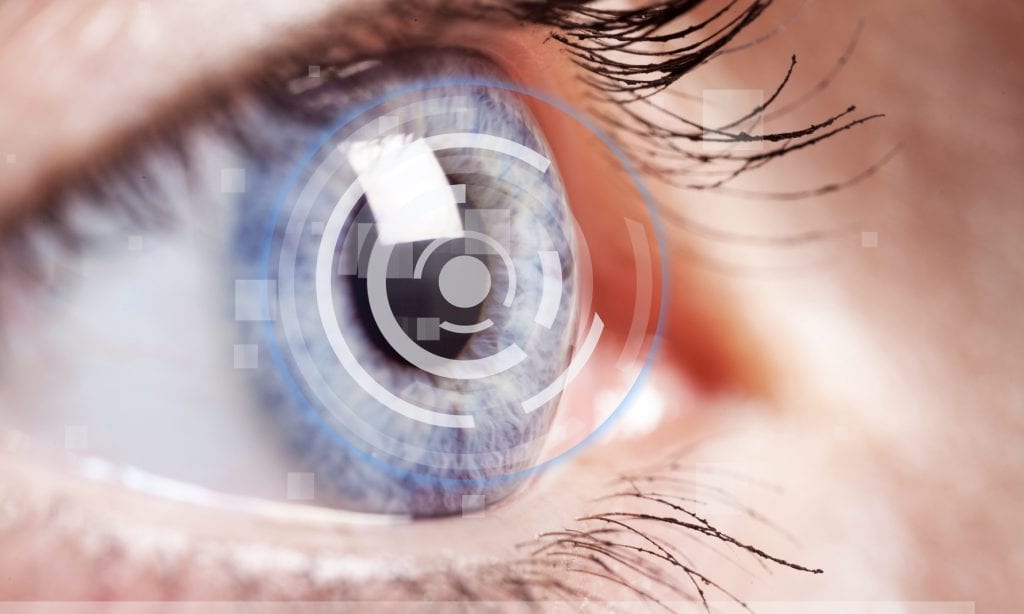Is Starbucks the only game in town for mobile payments? Sometimes it seems that way as the Seattle barista continues to record impressive utilization numbers for its smartphone toting customers. According to the following article, there are many lessons learned for other retailers who are looking to increase their mobile related sales.
The evolution of mobile payments technology can offer savvy retailers a crucial edge in the battle for customer loyalty. Providing quick, easy shopping and purchase capabilities via smartphones can drive more in-store traffic and sales from regular customers — and encourage new ones to return. It’s not just a matter of setting up mobile swipe technology at checkout, though; to achieve success, retailers need to offer the proper incentives and blend them seamlessly into their rewards programs.
U.S. consumers haven’t taken to mobile payments as quickly as those in other countries, due to several factors. Merchants have been slow to install the near field communication (NFC) equipment needed to accept payments via smartphones (and/or chip-enabled credit cards). As for consumers, over half of them aren’t familiar with mobile payments, and those who are have security concerns.
Nevertheless, in-store mobile payments are projected to grow very rapidly in the next few years, from $75 billion in 2016 to $503 billion in 2020. Newer smartphone models now include mobile wallet technology as a standard feature, and as awareness rises, so will usage. Indeed, consumers are increasingly eager to take advantage of paying by smartphone, as Starbucks has shown. Starbucks has built one of the top loyalty programs in the country.
In fact, its mobile-ordering feature is so popular that it’s straining some stores’ ability to fulfill rush-hour requests, forcing Starbucks to add more baristas at peak periods. High demand isn’t a bad problem to have, of course. By embracing mobile payments, Starbucks Rewards makes it easy and convenient for members to get just what they want — and offers retailers a blueprint for turning the technology into a loyalty-building benefit.
Starbucks started early with accepting mobile payments and has never looked back. Integrating mobile pay to their ever expanding loyalty program has been the key. Keeping with its company mission, Starbucks sells its customers the experience, not just coffee. Their mobile app gets customers engaged and entertained through loyalty incentives, music selections, and marketing partnerships. Now with mobile order and pay, Starbucks has discover a new sales channel that is taking off. Other retailers are implementing their own mobile payments platforms, but they have quite a bit of catching up to do in order to come close to what Starbucks has accomplished.
Overview by Raymond Pucci, Associate Director, Research Services at Mercator Advisory Group
Read the full story here
